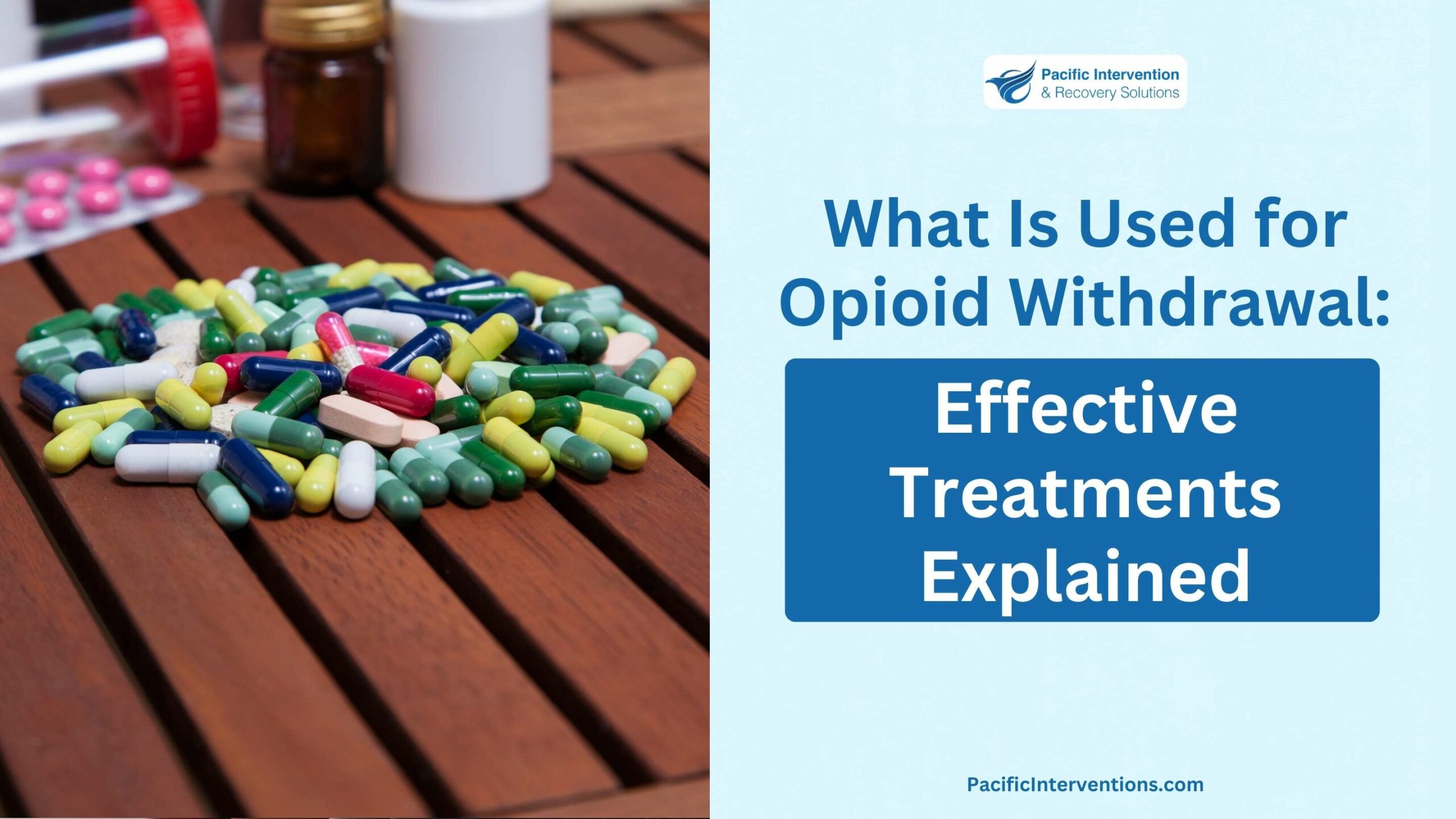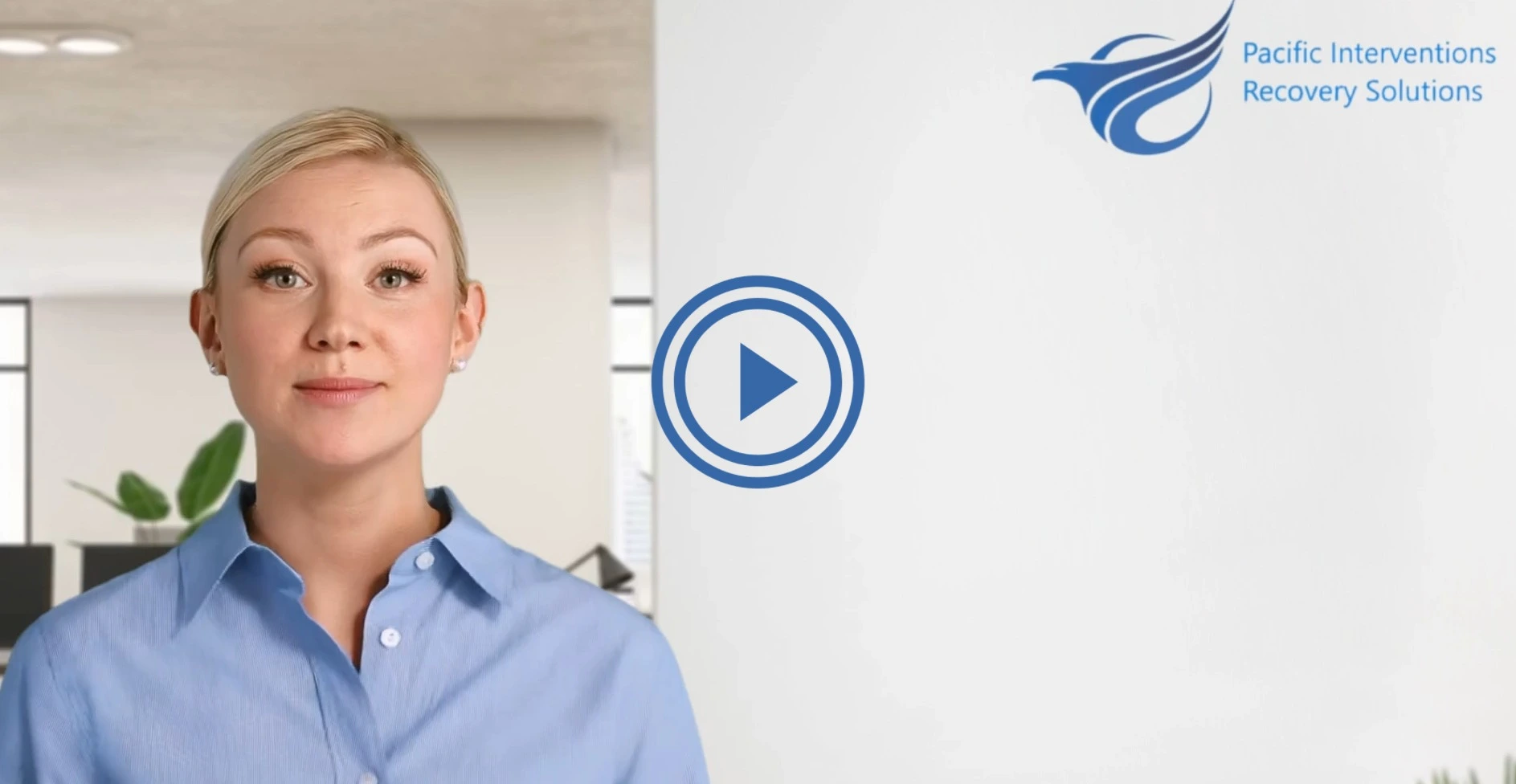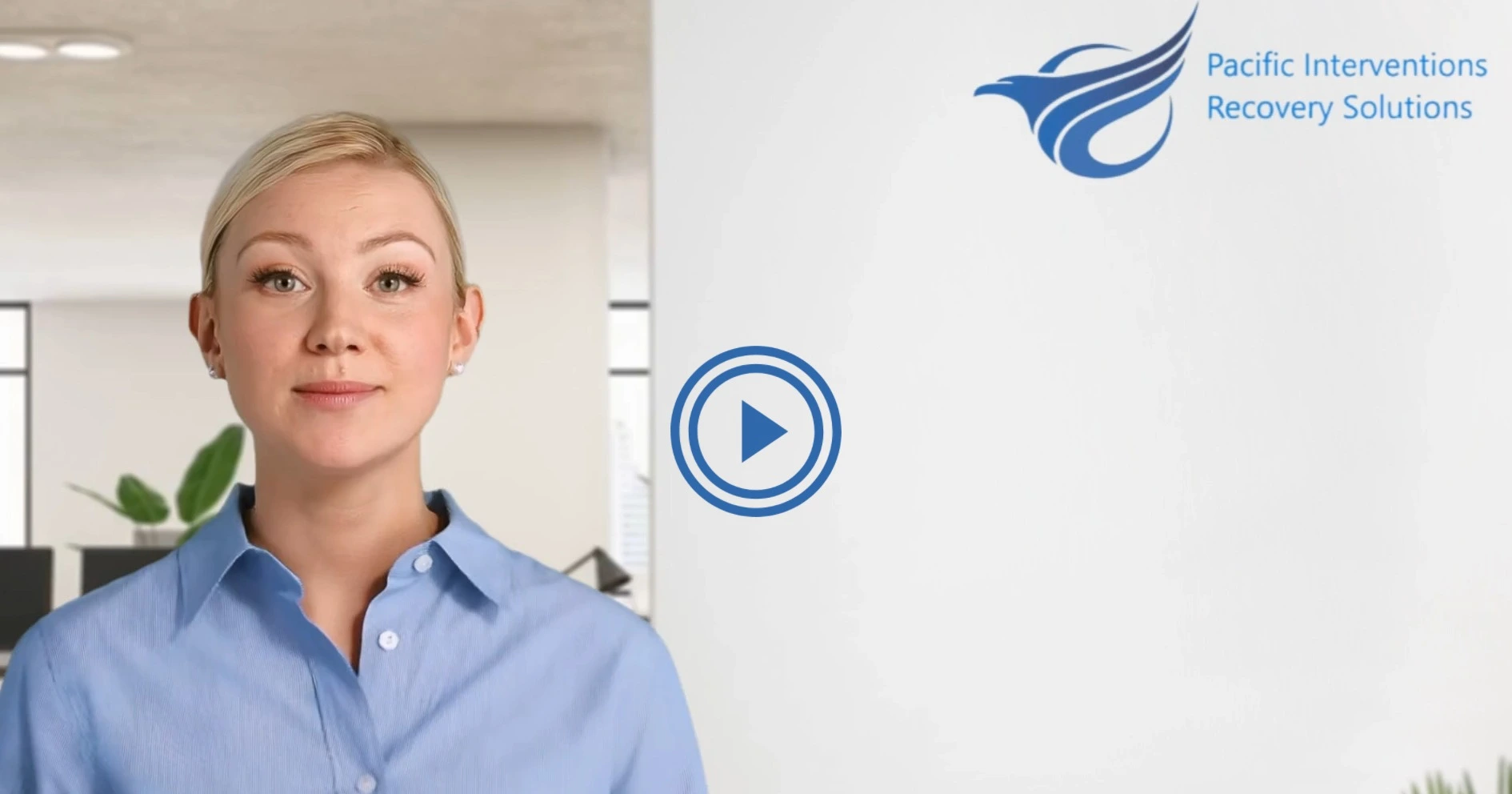Opioid withdrawal can knock you off your feet and test your limits if you’re battling addiction. In this situation, “What is used for opioid withdrawal?” has become a critical question as the opioid crisis continues to impact communities worldwide. From medicines that ease symptoms to therapy that changes behavior, different methods try to make withdrawal easier and help people get back on their feet.
Knowing your choices to manage opioid withdrawal matters a lot to patients and doctors. This article looks at treatments that work, including drugs that help ease withdrawal symptoms and non-drug approaches that give extra support. By looking at the most common ways to treat opioid dependence and the drugs used in opiate treatment, readers will learn about the tools available to address opioid use disorder and prevent withdrawal symptoms.
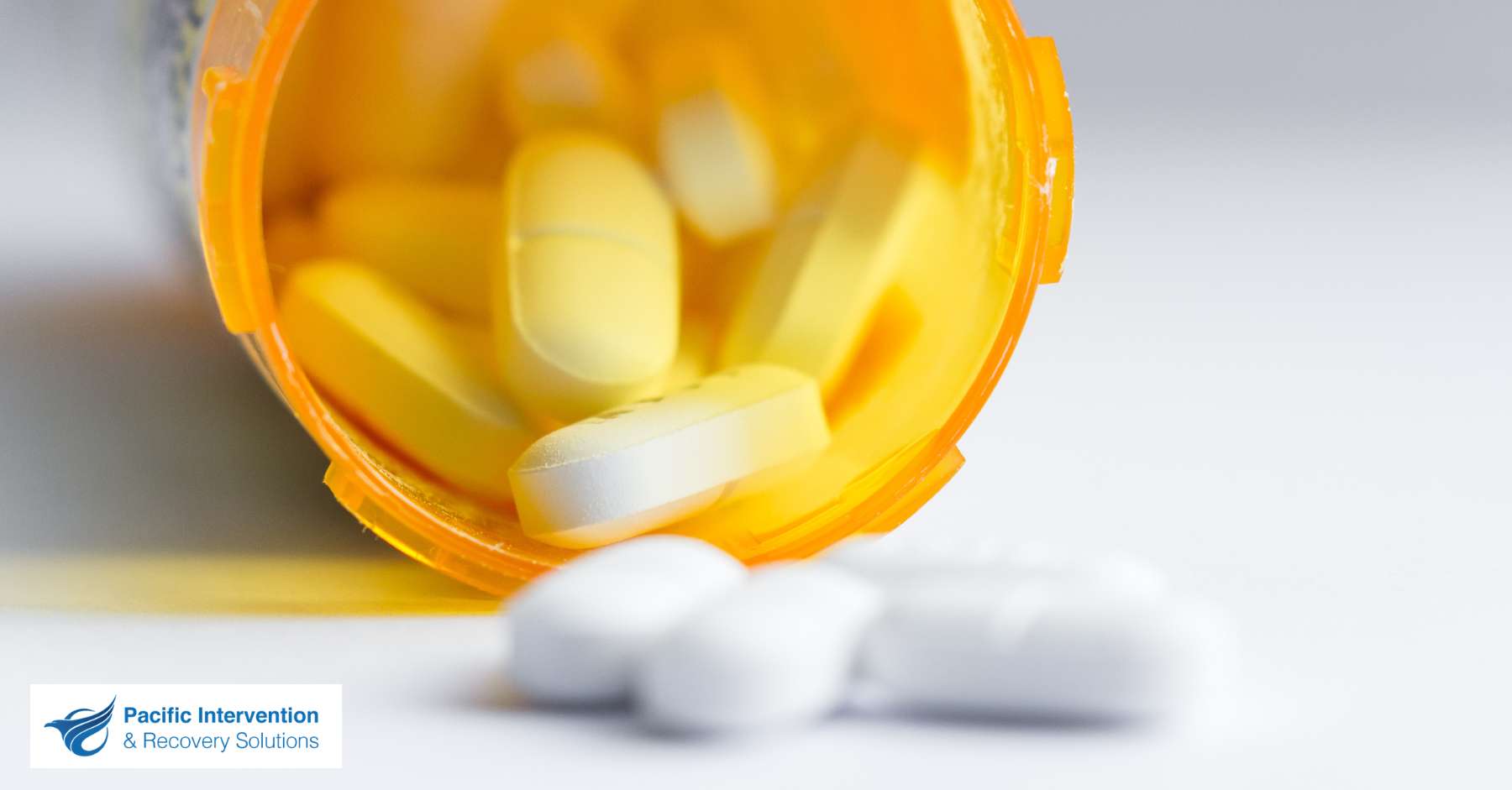
All About Opioid Withdrawal
Opioid withdrawal syndrome is a tough situation that happens when someone who relies on opioids stops or cuts down on their use. Opioids, which include drugs like morphine, heroin, fentanyl, oxycodone, codeine, and methadone, are often used to handle severe pain. But long-term use can result in a crippling form of dependence.
Definition of Opioid Withdrawal
Opioid withdrawal is how the body reacts to the sudden lack of opioids after using them for a long time. It happens because the body is trying to work without the drug. While uncomfortable, opioid withdrawal symptoms don’t typically put your life at risk.
Common Symptoms
Opioid withdrawal symptoms show up within 12 hours after the last opioid use or 30 hours following the last methadone exposure. Early signs include:
- Anxiety
- Muscle aches
- More tears
- Trouble sleeping
- Runny nose
- Sweating
- Yawning
Later symptoms may involve:
- Stomach cramps
- Diarrhea
- Bigger pupils
- Feeling sick and throwing up

Types of Opioid Withdrawals and Their Importance
Opioid Withdrawal Types differ based on the person and how severe their addiction is. People often feel muscle pain, can’t sleep, worry a lot, and have stomach issues. Doctors need to look at each patient’s case and make a treatment plan just for them. When we know about the different ways people go through withdrawal and give care that fits each person, we can support them better as they begin recovery.
When doctors make treatment plans that fit each person, they can help with the specific things each person needs as they stop using opioids. This might mean using medicines, talking to a therapist, and trying other ways to heal. By giving a complete plan that’s made for each person, we can make it more likely that they’ll get better and stay off drugs for good.
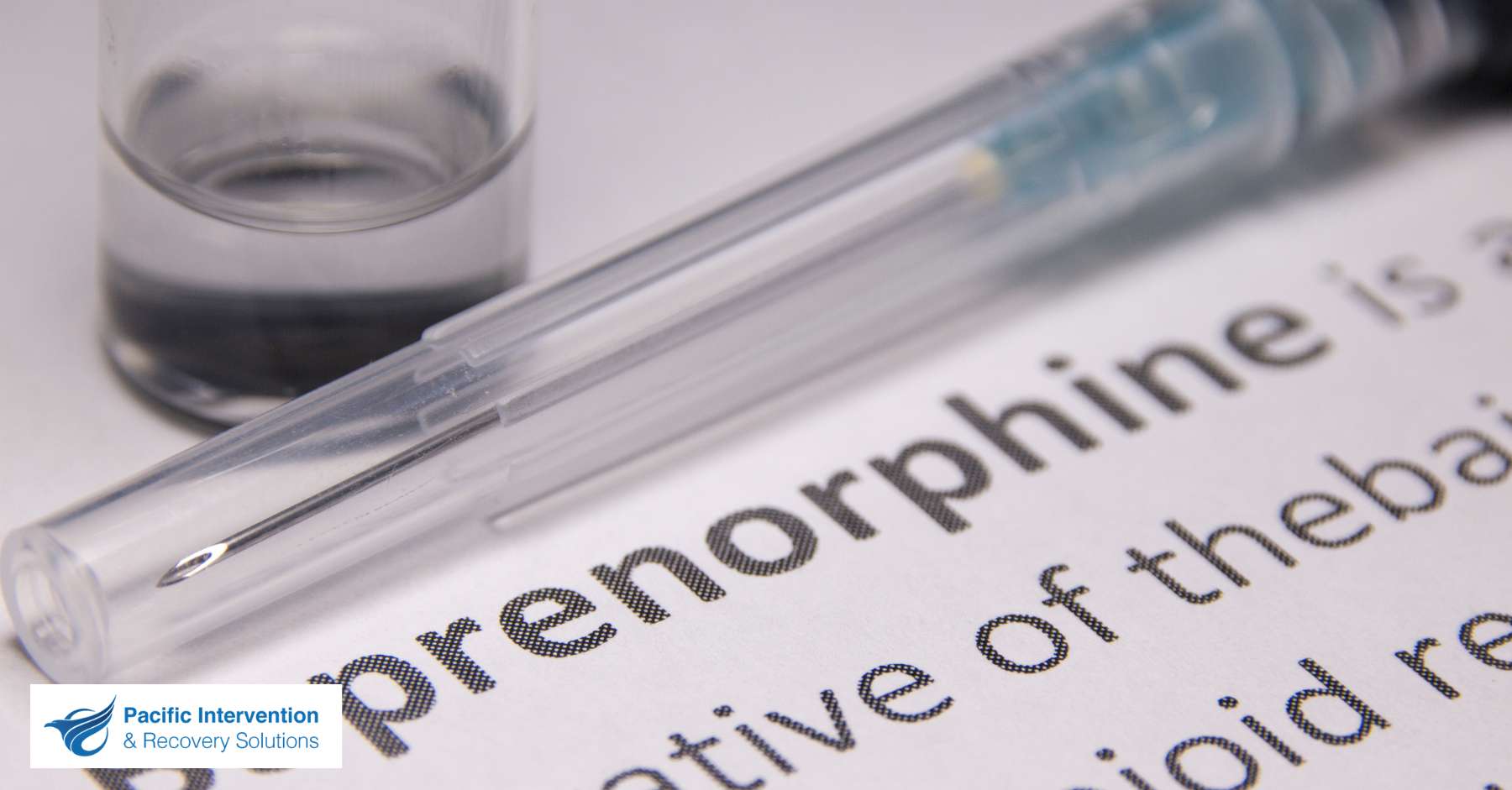
What is the Most Common Form of Treatment for Opioid Dependence?
Various drugs have an impact on managing opioid withdrawal symptoms and have an impact on supporting recovery from opioid use disorder (OUD). These drugs help to reduce cravings and ease discomfort, making it easier to withdraw.
Buprenorphine/naloxone
Buprenorphine is a partial opioid agonist that attaches to opioid receptors but turns them on less than full agonists do. It works to reduce cravings and withdrawal symptoms without causing a high. Doctors often prescribe a medication with a mix of buprenorphine with naloxone to stop misuse. This medications is called suboxone, and it is taken sublingually. Certified doctors can also prescribe sublocade, which is a long-lasting implantable form of buprenorphine. This medication is injected into the subcutaneous abdominal tissue by a doctor, thus making is free from any risk of misuse.
Methadone
Methadone, a synthetic opioid agonist, has had an influence on treating OUD for more than 40 years, as it’s one of the best medications for withdrawals. It helps in reducing withdrawal symptoms. It also eases drug cravings by acting on opioid receptors in the brain. Specialized opioid treatment programs give out methadone. It helps people recover from opioid addiction.
Clonidine and Lofexidine
These drugs offer non-opioid options to handle certain withdrawal symptoms. While they don’t tackle cravings head-on, they can ease anxiety, agitation, and some physical signs linked to opioid withdrawal.
Which opioid agonist do doctors use most often to treat withdrawal? Doctors prescribe both buprenorphine and methadone. The choice depends on what each patient needs and which treatments are available.
Non-Drug Approaches
Supportive Care
Supportive care has a key role in helping patients manage opioid withdrawal. Medical staff should remain on call around the clock to help patients during this tough time. Hospitals need to keep patients going through withdrawal separate from those who have finished the process. Giving patients clear and realistic facts about drugs and withdrawal symptoms can ease their worries and fears. However, healthcare professional should not try to pressure patients to do to much during this fragile stage.
Behavioral Therapies
Following the intense withdrawal stage, patients go through an extended withdrawal period that can last up to half a year. This stage is marked by a decrease in overall well-being and intense urges to use opioids, which might result in a return to drug use.
Psychosocial interventions have a crucial effect on tackling this issue. These interventions may include family therapy, which can have a significant influence on recovery from substance abuse. Family therapy meetings led by skilled professionals can offer essential support and help to individuals and their family members.
Alternative Treatments
Alternative treatments can work alongside standard therapies. Patients should get chances to try meditation or other relaxing activities to help them deal with withdrawal symptoms. Keep in mind that working out isn’t a good idea during withdrawal, as it might make symptoms last longer and feel worse. Rather, the goal should be to create a helpful setting that encourages rest and recovery.
In Closing
Going through opioid withdrawal is tough, but there are good treatments to help people get better. Medicines for Opioid Use Disorder (MOUD) have a big impact on managing withdrawal symptoms and cravings. These include methadone, Clonidine, Lofexidine, buprenorphine, and naltrexone. When you combine these drugs with care and therapy, you get a complete plan to tackle opioid dependence and stop relapses. This approach aims to support individuals as they start their journey to recovery.
While drugs play a crucial role, non-drug methods also help people recover. Support, family therapy, and holistic practices can work with drug treatments to create a complete plan to handle opioid withdrawal. As we learn more and people become more aware, we need to make these proven treatments easier to get and break down barriers to help people overcome opioid addiction in the long run.
FAQs
1. Which drug is used in the treatment of opiates?
Buprenorphine and methadone are commonly used drugs in the treatment of opioid dependence. Buprenorphine is a partial opioid agonist that helps reduce cravings and withdrawal symptoms, while methadone is a synthetic opioid agonist that alleviates withdrawal symptoms and cravings.
2. Which opioid agonist is most frequently used in withdrawal?
Both buprenorphine and methadone are frequently used in the treatment of opioid withdrawal, with the choice depending on individual patient needs and treatment availability.
3. Which opioid is used to treat opioid use disorder by preventing withdrawal symptoms?
Methadone is used to treat opioid use disorder by preventing withdrawal symptoms, easing drug cravings, and functioning as a synthetic opioid agonist.

